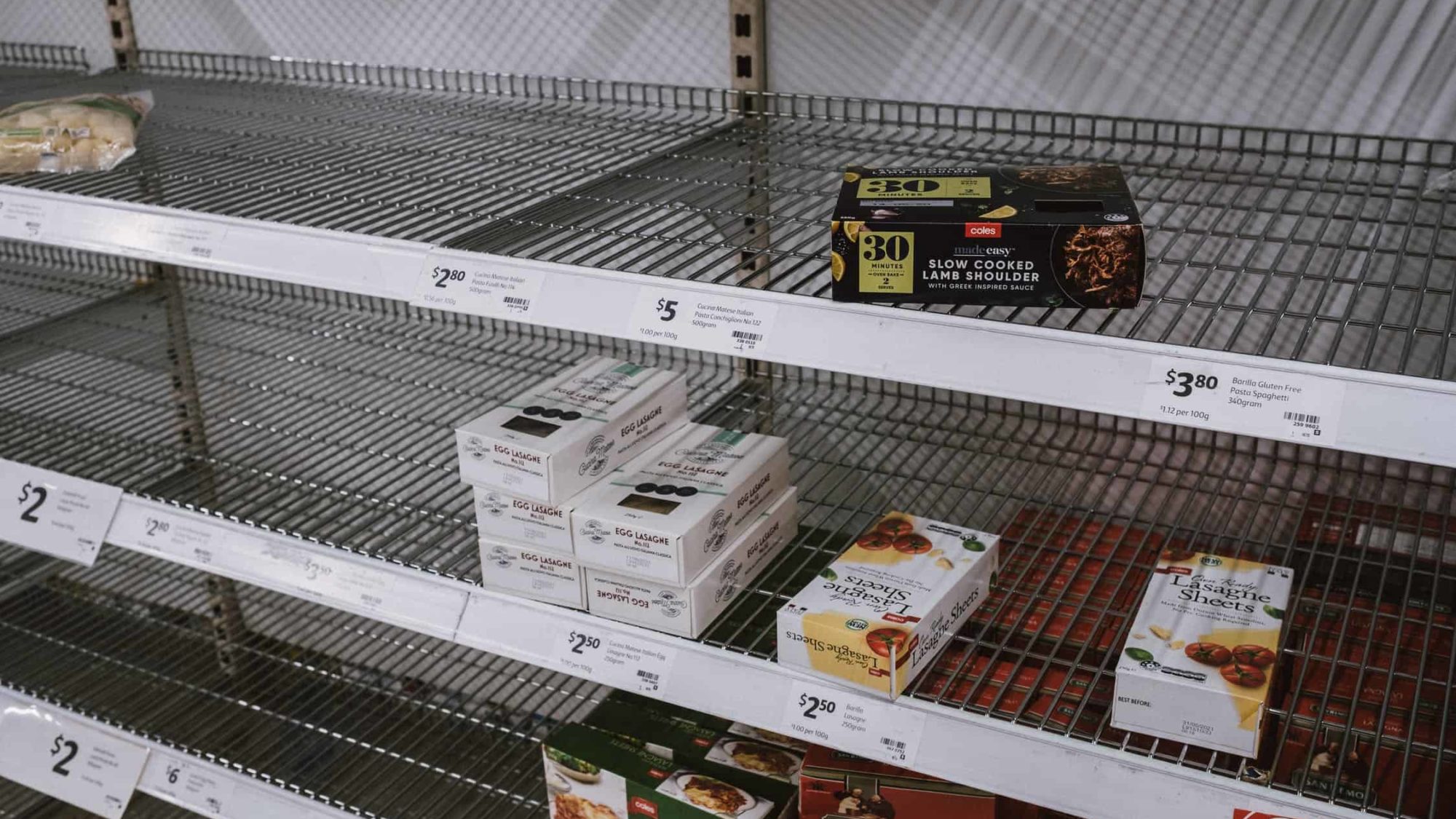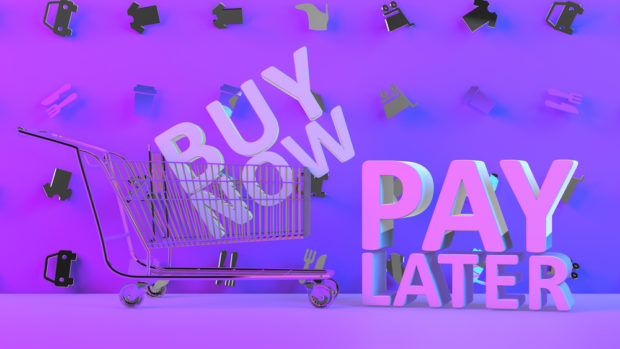
Shelf gaps continue to pose customer experience (CX) issues for UK shoppers in-store, which risks losing retailers future sales and loyalty, the latest research from Pricer, the world’s most reliable provider of ESLs (Electronic Shelf Labels), reveals.
Original research of over 2,000 UK shoppers in Pricer’s latest ‘Pricer UK Consumer Insight Report 2021’, showed that six in ten (61 per cent) shoppers are still experiencing shelf-gaps and out-of-stocks in-store.
Whilst global supply chains have continued to recover from being upended by the pandemic, ongoing issues with Brexit, despite the UK’s formal departure from the EU taking place over six month ago, are still causing gaps on shelves. Half of UK consumers (49 per cent) say they have noticed the prevalence of shelf gaps in-store and stock-outs have got worse since Brexit.
And the problem doesn’t just persist in bricks-and-mortar retail settings. Analysis of over 359,000 eCommerce SKUs across the UK’s leading retailers by OneStock’s Inventory Availability Index showed that, while out-of-stocks had fallen by 8 per cent since the end of lockdown in April, unavailable inventory still makes up nearly a fifth (18 per cent) of retailers’ ranging.
Shelf gaps and unavailable stock not only creates poor CX at the shelf-edge, Pricer warns, but risks future sales in the long-term.
46 per cent of shoppers would abandon their entire basket and leave the store without buying anything if the item they needed was out of stock or not available on the shelf. Meanwhile, over half (54 per cent) say they are less likely to continue shopping with a brand or retailer where stock replenishment is often poor, showing the long-term impact of poor inventory availability and shelf gaps on lost loyalty and reduced customer lifetime value.
Duncan Potter, CMO at Pricer, commented: “The growing number and type of store journeys means that consumers’ shopping baskets will be less predictable, which demands a more agile approach to assortment, allocation, replenishment and picking strategies. And that means the shelf has to be able to react quickly and continuously to events triggered by customers, store staff, merchandisers, suppliers and the wider market. Bringing digital capabilities to the shelf-edge can drive operational efficiencies that optimise replenishment and inventory management so that shelf-gaps are reduced and customer experience in the aisle is upheld.”








Share